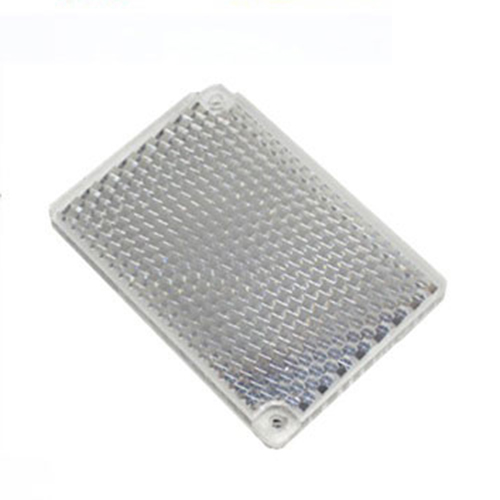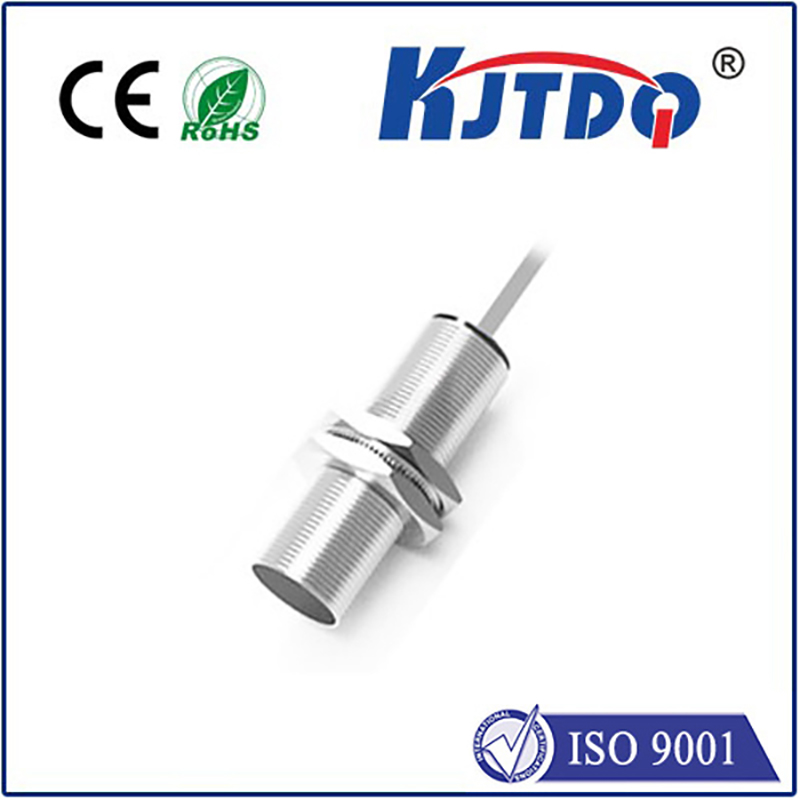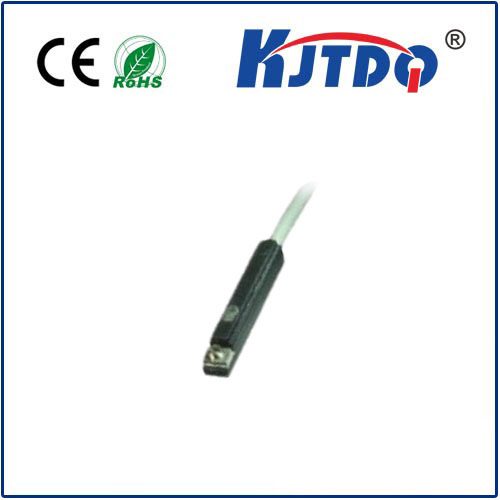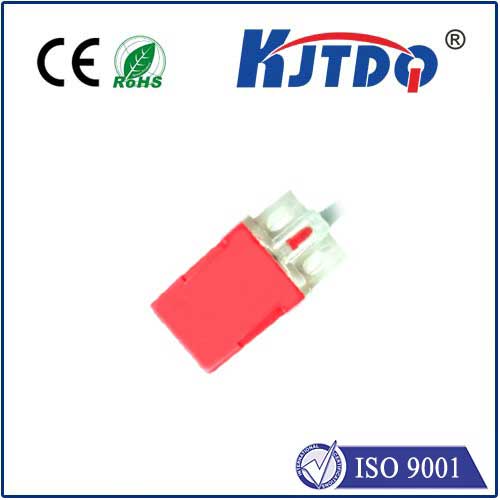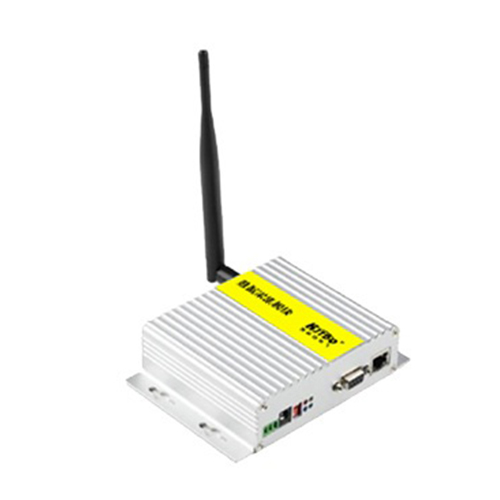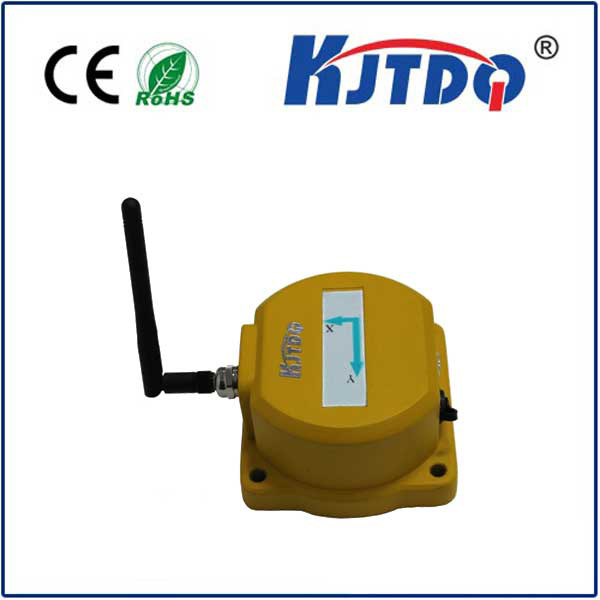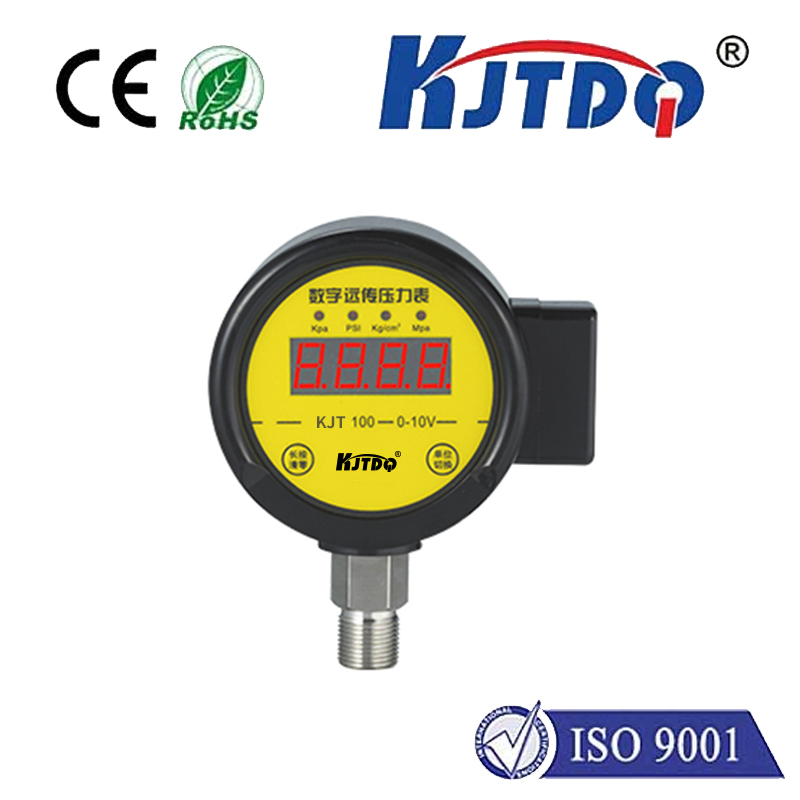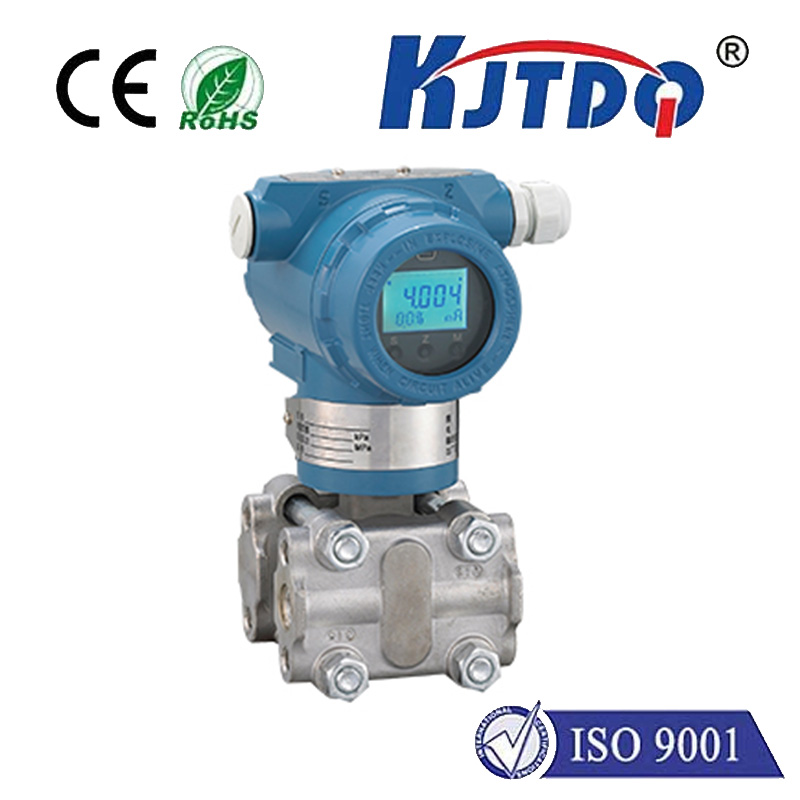

check

check

check

check

check

check

check

check

check

check
The Role of Metal Limit Switches in Industrial Automation
Metal limit switches are crucial components in industrial automation, playing a vital role in ensuring the safety and efficiency of machinery operations. These devices are designed to detect the presence or absence of objects, triggering an electrical signal that can be used to control machines or processes. In this article, we will explore the different types of metal limit switches, their applications, and the benefits they offer in industrial automation.
Types of Metal Limit Switches
There are several types of metal limit switches available on the market, including proximity switches, magnetic switches, and mechanical switches. Proximity switches use electromagnetic fields to detect the presence of metal objects without physical contact. Magnetic switches use permanent magnets to activate a reed switch when a ferrous metal object comes into close proximity. Mechanical switches consist of a lever actuated by physical contact with an object, which then completes or breaks an electrical circuit.
Applications of Metal Limit Switches
Metal limit switches have a wide range of applications in industrial automation, including:
1. Machinery Control: Metal limit switches are commonly used to control the movement of machinery, such as conveyors, elevators, and robotic arms. They can be used to detect the position of machinery components, triggering actions such as stopping or reversing direction.
2. Safety Interlocks: Metal limit switches can be used as safety interlocks to prevent machinery from operating when guards or access doors are open. This helps to protect operators from potential injuries caused by moving machine parts.
3. Process Control: Metal limit switches can also be used to monitor and control industrial processes, such as filling or emptying tanks or controlling the flow of materials through pipelines.
Benefits of Using Metal Limit Switches
The use of metal limit switches in industrial automation offers several benefits, including:
1. Improved Efficiency: By automating processes and reducing the need for manual intervention, metal limit switches can help improve the overall efficiency of industrial operations.
2. Enhanced Safety: Metal limit switches can be used to create safety interlocks that prevent machinery from operating when it could pose a risk to workers or other equipment.
3. Cost Savings: By reducing the need for manual labor and minimizing the risk of equipment damage or downtime, metal limit switches can help lower operating costs for businesses.
In conclusion, metal limit switches are essential components in industrial automation, providing accurate detection and control capabilities that enhance safety, efficiency, and cost savings. With their diverse range of applications and benefits, these devices are likely to remain an integral part of industrial automation systems for many years to come.
